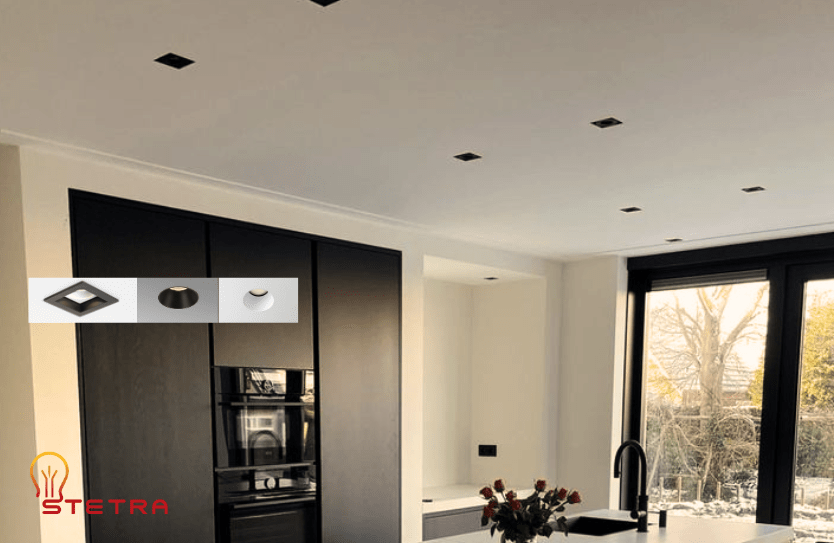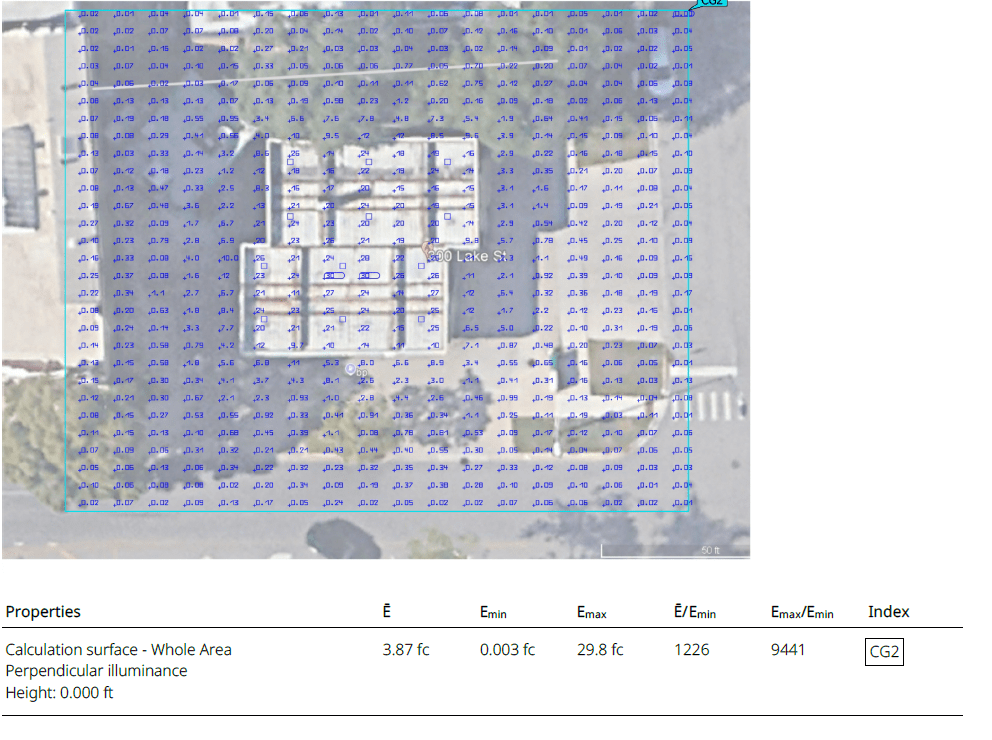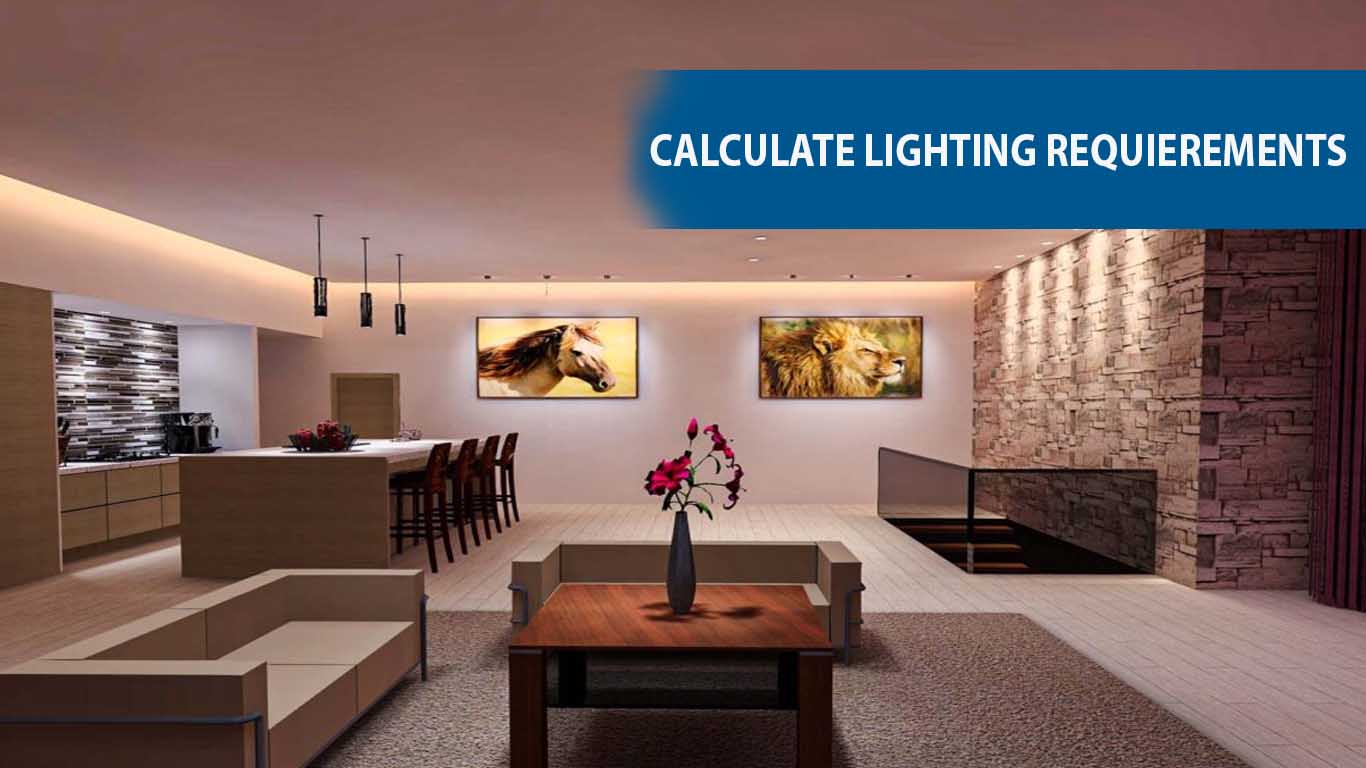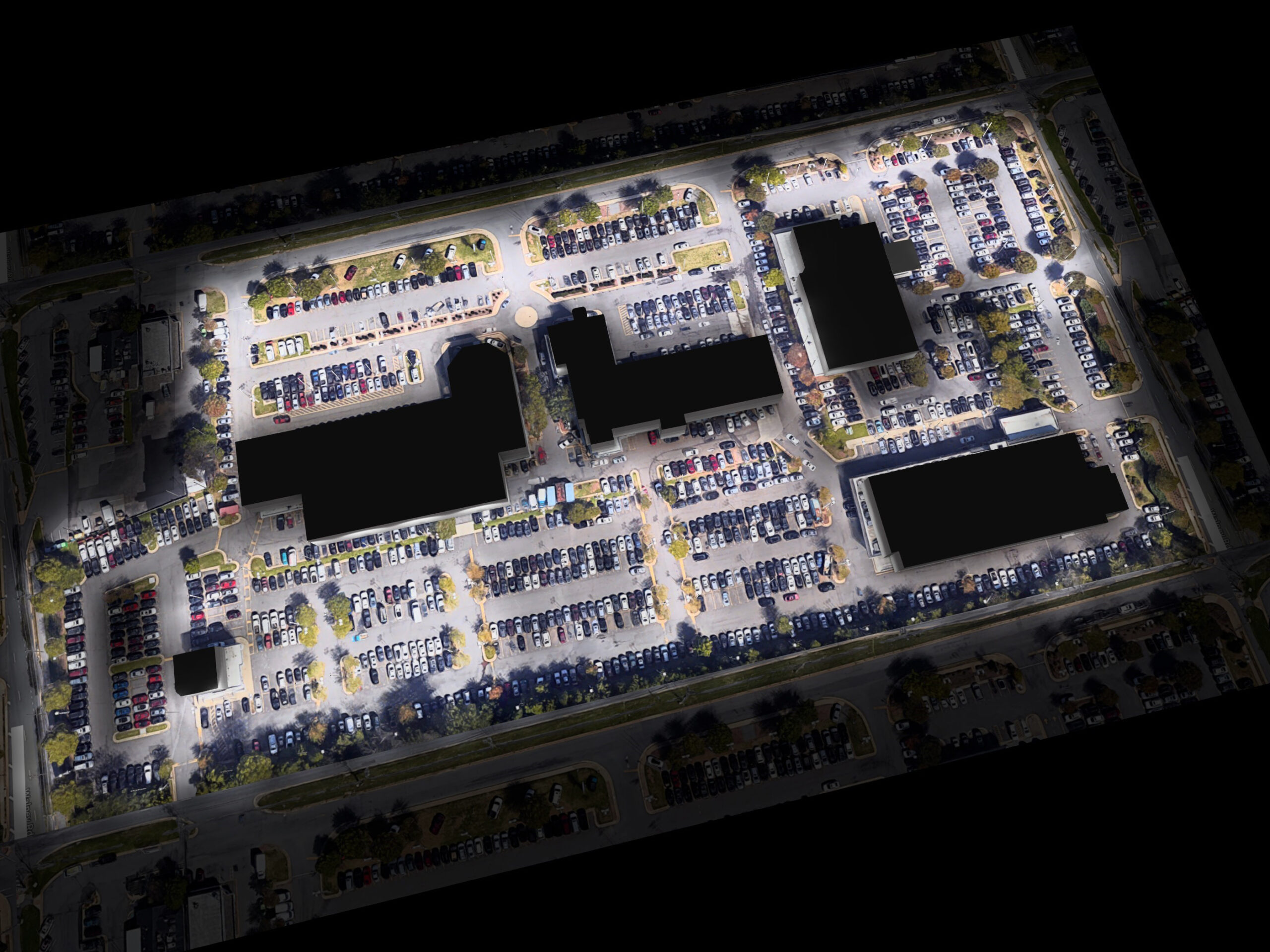Introduction
In the rhythm of life – circadian rhythm, there’s a natural beat that guides our sleep, wakefulness, and overall well-being — the circadian rhythm. This 24-hour cycle, deeply ingrained in our biology, orchestrates a symphony of bodily functions, with light playing the role of conductor. This article delves into the science behind the circadian rhythm, its profound impact on our health, and the innovative LED technologies designed to harmonize our indoor environments with our internal clocks.
Understanding Circadian Rhythm
At the heart of our circadian rhythm lies the hypothalamus, a master clock in the brain that cues our body’s natural responses to light and darkness. Signals from our eyes to the hypothalamus adjust the release of melatonin, a hormone that influences sleepiness when dark and alertness in light. This intricate dance between light exposure and our biological clock underscores the importance of aligning our environment with our circadian rhythm for optimal health.
The Significance of Natural Light
Daylight, with its dynamic spectrum from the crisp blue of the morning to the soft warmth of the sunset, is the gold standard for syncing our biological clock. Exposure to the right type of light at the right time can bolster our energy levels during the day and enhance restfulness at night. Yet, modern lifestyles often disrupt this natural alignment, necessitating innovative solutions to bridge the gap.
LED Technology: A Beacon for Circadian Health
Advancements in LED lighting technology have opened new avenues for mimicking the beneficial effects of daylight indoors. By adjusting the intensity and color of artificial light, we can create environments that support our circadian rhythm, promoting better sleep, mood, and overall health.
Intensity and Color Regulation in LED Lighting
Two primary strategies – intensity regulation and color regulation – offer ways to customize lighting to our circadian needs. Dimming controls adjust brightness to mirror the natural progression of daylight, while tunable white LEDs can shift color temperatures to simulate the sun’s journey across the sky. Together, these technologies offer a dynamic lighting environment that can adapt to our daily cycles.
The Path Forward: Integrating Circadian Rhythm into Our Lives
Embracing circadian-friendly lighting isn’t just about technology; it’s a holistic approach to wellness. From the design of our homes and workplaces to the timing of our exposure to light, every aspect plays a role in harmonizing our internal clocks with the natural world.
Conclusion
The circadian rhythm is a testament to nature’s wisdom, a reminder that our bodies are tuned to the Earth’s cycles. By leveraging the capabilities of LED technology, we can create spaces that not only illuminate but also rejuvenate, aligning our inner clocks with the natural rhythm of life. In doing so, we open the door to a future where light not only guides our way but also enhances our well-being.
FAQs
What is circadian rhythm?
Circadian rhythm is a natural, internal process that regulates the sleep-wake cycle and repeats roughly every 24 hours, influenced by external cues like light and darkness.
How does light affect circadian rhythm?
Light plays a crucial role in regulating our circadian rhythm by signaling our brain to increase alertness during the day and promote sleepiness at night through the release of melatonin.
What are the benefits of aligning with our circadian rhythm?
Aligning with our circadian rhythm can improve sleep quality, boost daytime energy, enhance mood, and contribute to overall health and well-being.
How can LED technology support circadian health?
LED technology can mimic natural daylight patterns through intensity and color regulation, supporting our circadian rhythm by providing the right light at the right time.
What are intensity and color regulation in LED lighting?
Intensity regulation involves adjusting the brightness of lights, while color regulation changes the color temperature to simulate natural daylight cycles, supporting our circadian rhythm.
Why is natural light considered the best for circadian rhythm?
Natural light offers a dynamic range of intensities and color temperatures throughout the day, perfectly aligning with our circadian rhythm and promoting natural wakefulness and restfulness.






